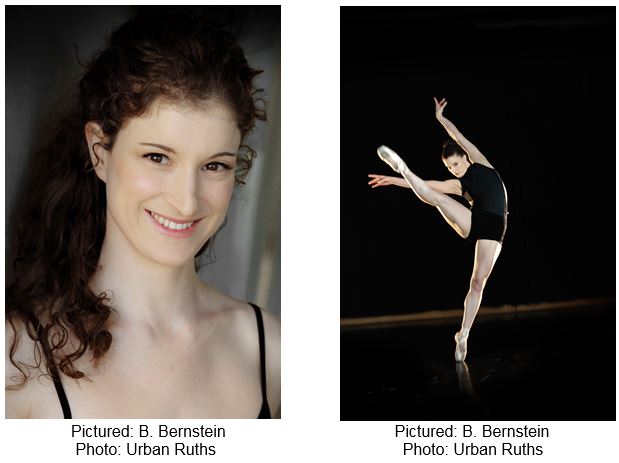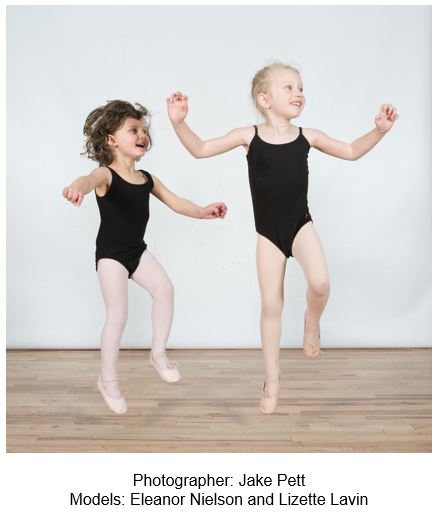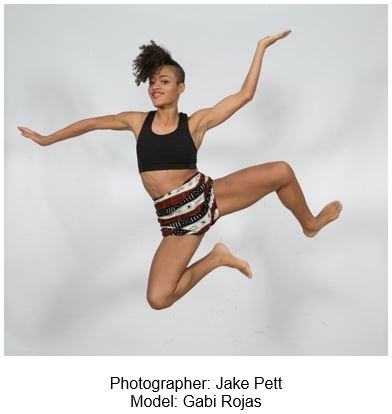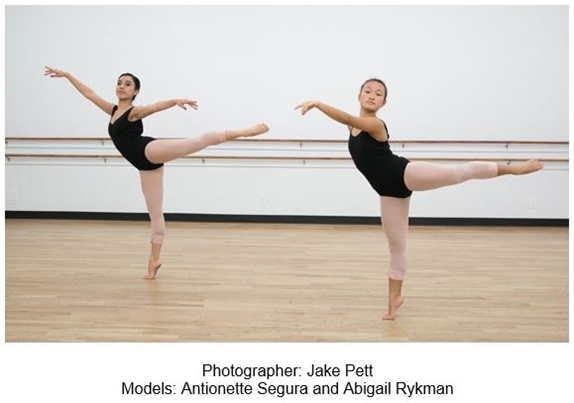Blog
Blog
A Young Dancer's Guide: What every young dancer needs to know about injury prevention and rehabilitation: Video from the 2014 Annual Meeting
Presented by Bobby Bernstein
Dance today is an athletically strenuous art form and many young dancers suffer from injuries. My co-author, Nancy Kadel, MD, and I have many insights into why these injuries commonly occur and how they can be prevented. The focus of this blog is on cross training for young dancers, one of the most important topics we discuss in “A Young Dancer's Guide: What every young dancer needs to know about injury prevention and rehabilitation”.
Read ArticleWhat Dancers and Dance Teachers Need to Know about Motor Development, Motor Control, and Motor Learning: Part I
Authors: Donna Krasnow and Virginia Wilmerding
Dance training is at the heart of the art form of dance. All dancers can recall the teachers who had tremendous influence on their growth as young dancers and artists. The science known as motor behavior is having a stronger voice in helping teachers and dancers develop to the top level of their skills and artistry. Motor behavior is an umbrella term that represents three areas: motor development, motor control, and motor learning. This is the first of three posts that will describe these areas of motor behavior, and explain how teachers and dancers can benefit from this knowledge. This post will cover motor development.
Read ArticleWhat Dancers and Dance Teachers Need to Know about Motor Development, Motor Control, and Motor Learning: Part II
Authors: Donna Krasnow and Virginia Wilmerding
This is the second of three posts looking at the field of motor behavior and its impact on dance training. This post will deal with motor control. Motor control is the study of the nervous system, that is, the brain and all of the nerve cells communicating with the body, and how this system organizes and guides the muscles to create coordinate movement. It also explains how the senses such as vision and hearing, as well as information from the environment, are used to accomplish movement. The study of motor control can yield valuable tools for the dancer and the teacher.
Read ArticleWhat Dancers and Dance Teachers Need to Know about Motor Development, Motor Control, and Motor Learning: Part III
Authors: Donna Krasnow and Virginia Wilmerding
This is the third of three posts looking at the field of motor behavior and its impact on dance training. This post will deal with motor learning, which looks at the changes in motor skills caused by experience and practice, rather than development as described in a previous post. These changes can only be observed by changes in performance and are relatively permanent. This area of motor behavior is probably the most useful for dancers and teachers.
Read ArticleCreating the Annual “picture”
The Annual Meeting is the highlight of the IADMS calendar. The Program Committee (PC) has the complex task of piecing together the various jigsaw puzzle pieces in order to produce a scientific conference that is both educational and enticing. The committee is made up of four long standing IADMS members: Ginny Wilmerding, Marika Molnar, David Weiss and Alexander McKinven. The mix of professions, nationalities, backgrounds and personal interests means that each of us has a unique perspective on how the Annual Meeting should evolve. Every Annual Meeting has its own character, with many variables, but the PC strives to develop each one and make it even better than the last.
Read ArticlePage 1 of 1
- IADMS 34th Annual Conference - Experience Point of View: Jennifer Milner
- IADMS 34th Annual Conference - Experience Point of View: Joanna Nicholas
- IADMS 34th Annual Conference - Experience Point of View: Erika Mayall
- Beginning ASL for Medical Students & Health Practitioners
- Relative Energy Deficiency in Dance



